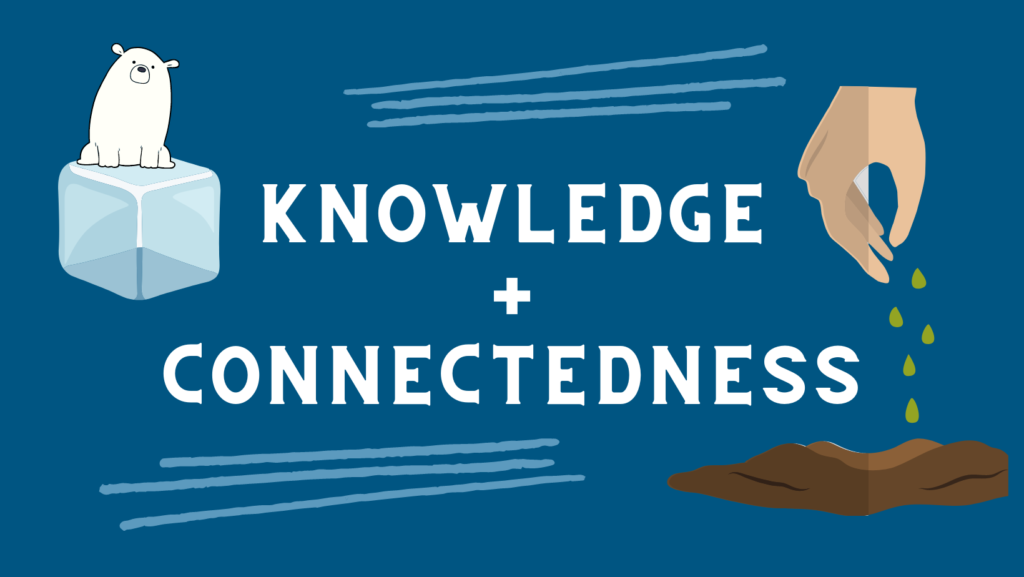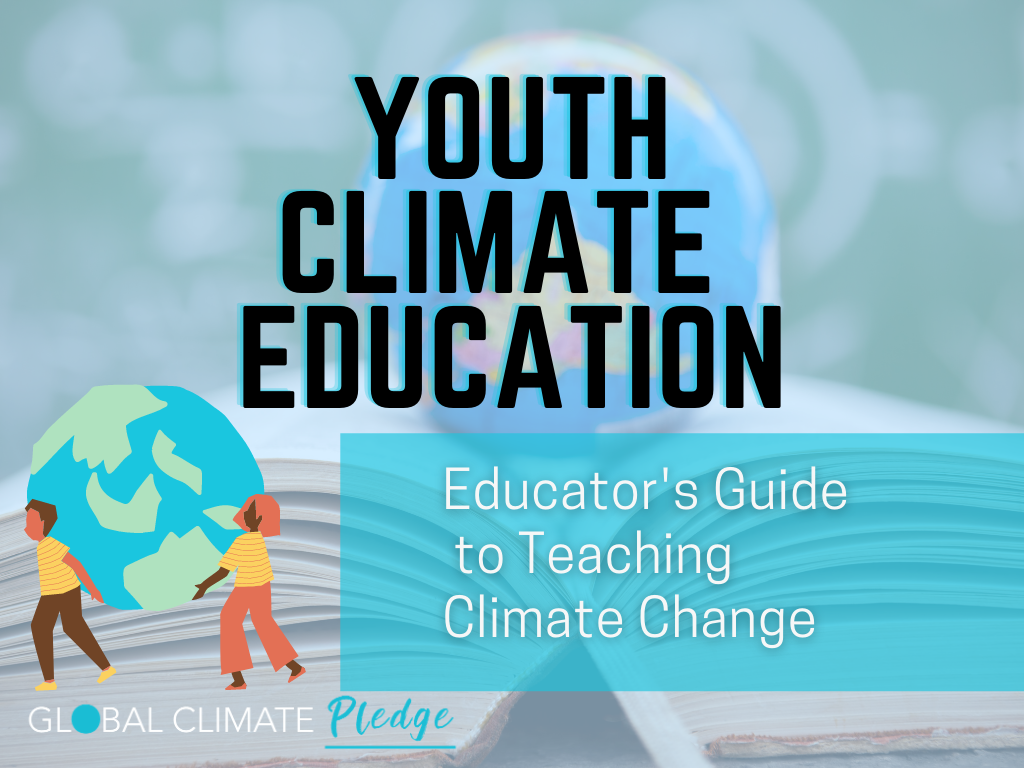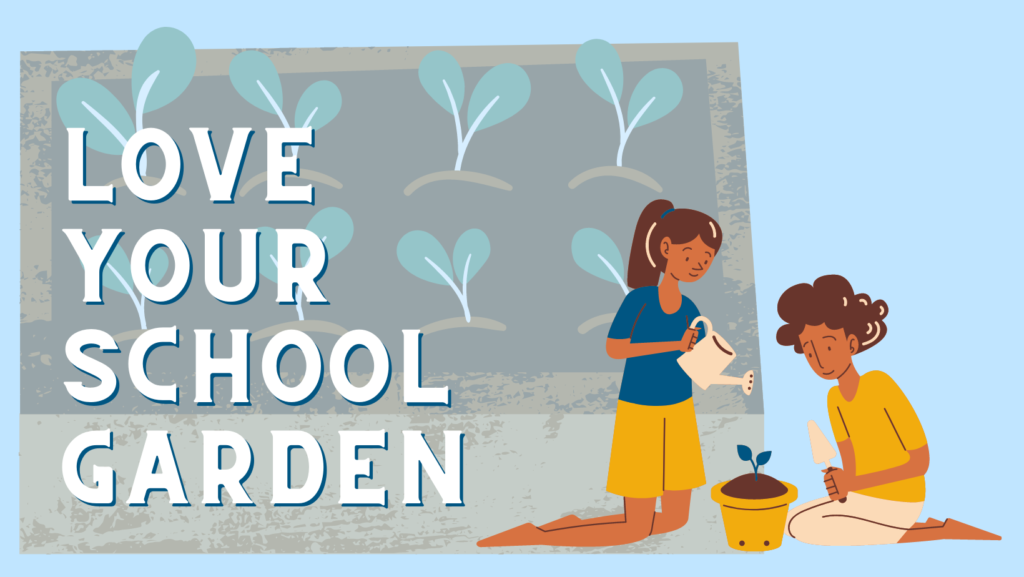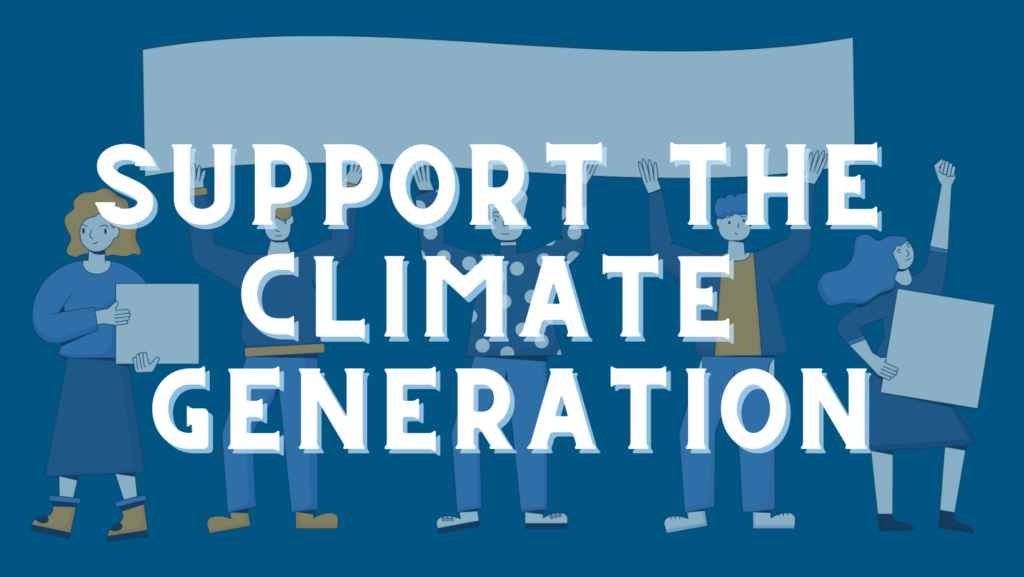Paging Earth is a climate communications blog dedicated to demystifying, depolarizing and educating the public about climate change activism and climate science.
The saying “we do not inherit the Earth from our ancestors, we borrow it from our children” has been used by leaders of environmental organizations and governments alike for decades. Taking care of the earth so that future generations can lead healthy, fulfilling lives is a universally shared value.
Yet, most school systems around the world have not integrated environmental education into their curriculum for a variety of reasons, many of them political.
Environmentally focused curriculum holds the potential to deepen students’ connection to nature and their community, increase classroom engagement, teach values, and relieve stress about the future when faced with intimidating topics like climate change.
Kids have so much potential to care, and, as any teacher could attest, by and large want something to care about. What better place to focus that energy than on the planet we all share?
Untapped Potential
Most environmental topics are not required to be taught below the college level. Even when we do teach about environmental issues or the impacts of climate change before university, we teach them at a distance, focusing on the endangered status of polar bears rather than environmental issues in our own backyards.
While portraying climate change as something far away may seem protective, it often isn’t be effectively empowering. Instead of focusing on distant issues, teaching students about their local environments and focusing on how they can make a difference can make students feel more invested, and can give them reasons to care.
Teaching students to care is key, as knowledge alone doesn’t often provide enough motivation to translate into environmental action. But, knowledge coupled with feelings of connectedness towards the environment does motivate.
So, what can educators do to connect students to environmental issues like climate change?

Tips for Teachers
With all the potential and the proven benefits, there are many resources online for educators to incorporate environmental and climate education into their teaching — and not just science teachers, either. Environmental topics can be brought into english, history, even math lessons.
By refocusing teaching objectives to incorporate an environmental perspective, less pressure is exerted on teachers to dedicate already stretched thin time to additional concepts. This environmental framing of curriculum, reinforced over time, can lead students to adopt more positive values about the environment.
Research for an “Identity Based Environmental Learning Model” found the following to be effective in encouraging environmentally positive value formation:
- Engaging students in as many pro-environmental or nature-related activities/behaviors as possible
- Using ‘environmental framing’ in lessons, and encourage students to think about topics or personal actions in a broader environmental context
- Involving role models like parents, teachers, and peers in reinforcing environmentally positive values
- Making sure lessons feel authentic for all students
Presenting environmental topics in a way that is personal and focused on community — while also ensuring scientific understanding of complex concepts like climate change — effectively helps students form positive environmental values and make informed climate-based decisions in the future.
Check out our Educator’s Guide to Teaching Climate Change for more resources on climate education, including curated lesson plans, activities, and recommended books.

Addressing Nature Deficiency
Educators can also lay foundations for building environmental values and connections with nature by teaching lessons outside. In today’s age of technology and urbanization, this is even more important.
American author Richard Louv introduces the idea of “Nature-Deficit Disorder” in his book Last Child in the Woods, arguing that the more time we spend in front of screens while migrating into dense cities with a lack of green space, the less time we spend in nature.
More of the global population lives in cities today than ever before. Our daily environments increasingly contain more concrete and less greenery. Children who live in more urban and human-degraded areas spend less time outside than those in more rural areas. And those that spend less time in nature tend to feel less of an emotional connection to the earth, thus making them less likely to want to protect it.
Not only does our diminishing connection to nature hurt the planet, it also hurts personal wellbeing. Time in nature reduces stress, boosts mood, and can increase positive social behaviors among children like sharing, while lack of time in nature does the opposite.
It’s time we give the too often neglected school garden credit. Not only does caring for a school garden give students the opportunity to get outside and learn about food systems or native species, but garden-based learning has been shown to have positive impacts for minority groups, helping to form more positive ‘science identities.’
It’s time we give the too often neglected school garden credit.
Outdoor learning in general has been linked to improved academic performance for students in science classes and improved classroom behavior when kids are allowed to shake some energy off outside. Aside from school gardens, in urban areas teachers can make bird feeders with young students, have older students build planter boxes — anything that will put the focus on nature. In more rural areas, use whatever is nearby, be it an open field or a grove of trees. Activities as simple as allowing students to read outside for thirty minutes can start building some of that connection.

2019: The Year for Climate Education
2019 was a big year for climate education, with Italy becoming the first country to integrate climate change education into required curriculum at a primary level. Other countries also announced their own plans to establish national environmental and climate education.
The United Arab Emirates signed an agreement to incorporate sustainable development and renewable energy into their national curriculum, and in 2020, New Zealand introduced climate change education, focusing on actions that students can take to reduce their carbon footprint.
Meanwhile, students are making it clear that they expect their governments and education systems to rise to the occasion, and take real steps to prepare what has been dubbed the “Climate Generation” for the world they are growing into.
Like most other factions of life, these plans have taken a backseat in the light of the COVID-19 pandemic and online learning. Teaching has changed drastically over the past year, affording us another opportunity to refocus. Teachers have had to take a critical look at both how they were teaching and their material.
Students are making it clear that they expect their governments and education systems to rise to the occasion.
Let’s take this time to improve our youth education, integrate current topics and prepare students for the world. We can do this without compromising other standards, and also reap many additional benefits, such as increasing overall student engagement, connection to community, and fostering positive environmental and moral values.

Kids Want to Care
As environmentalist and author Richard Louv writes, “Passion is lifted from the earth itself by the muddy hands of the young; it travels along grass-stained sleeves to the heart.”
Even the youngest kids understand that everyone deserves a clean planet. There are many ways to teach about environmental issues and environmental stewardship that relate back to this easily grasped, universal idea.
If we provide our children with the knowledge about their environment, give them the tools to care for it, and impart with them why it is important to take such care, this knowledge will not only affect their self-identity and values. It will prepare them to be the leaders they can be for the planet.
We have the tools. We just have to pass them down to those muddy green hands.






